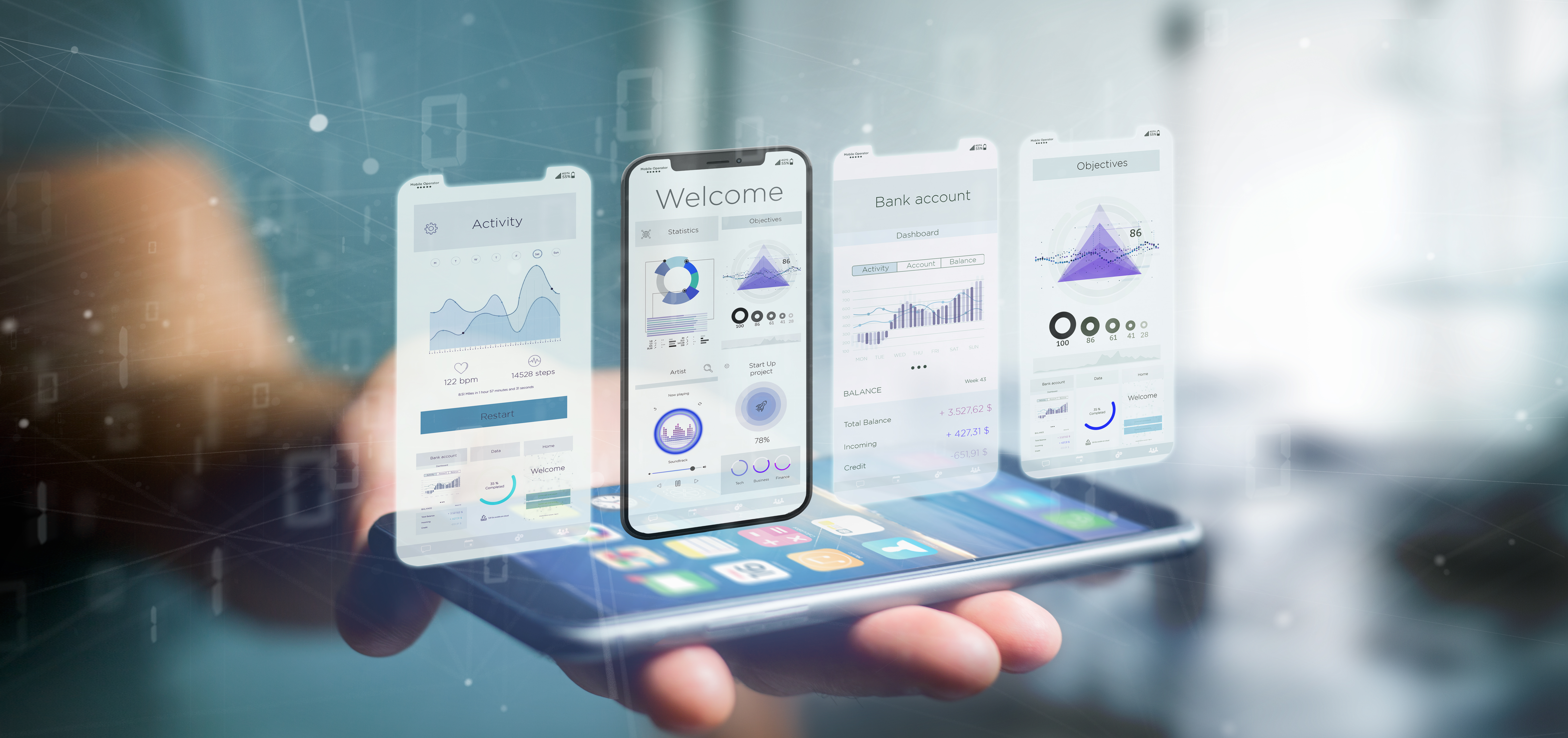Angular is a platform and popular framework for building scalable web applications. This blog post covers its role in web development, key advantages, and a guide to developing Angular applications. Topics include Angular’s history, architecture, performance tools, RxJS, state management with NgRx and NGXS, dependency injection, directives, pipes, and testing methodologies. Learn more on Mantrax’s […]
Mastering Mobile App Development 2024: Your Path to Success with Mantrax
Mobile application development is the process of creating software applications that run on mobile devices, often utilizing a network connection to work with remote computing resources. This involves creating installable software bundles, implementing backend services such as data access with an API, and testing the application on target devices. This blog post offers a detailed overview […]
Mastering iOS App Development: Your Path to Success with Mantrax
Developing mobile applications can follow two primary paths: Android and iOS. Each platform has its own set of requirements and challenges. This guide focuses on iOS development, emphasising on the unique blend of technical expertise, strategic decision-making, and meticulous attention to detail needed to succeed. This blog post delves into the essential aspects of iOS […]


